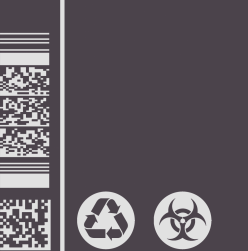1 | Squash and Stretch
Animated objects will get longer or flatter to emphasize their speed, momentum, weight and mass.
More or less, Squash and Stretch, the softer or harder the object. Squash and Stretch also work on a character.
Keep the volume of the object!
Animated objects do not have to be stretching the entire time. Do not overdo Squash and Stretch.
2 | Anticipation
An action to give the audience a clue what is happening next. Make the action appear more realistic. Build energy for a jump, run, punch and etc.
Use a preparation action to attract the audience’s attention, or play tricks on audiences.
3 | Staging
Staging is the presentation of any ideas so that it is entirely and unmistakably clear. Covers acting, timing, camera, angle, position and setting.
Make the audience’s attention change rhythmically with what is happing.
The camera has a lot to do with Staging.
The wide shot is suitable for significant action, and the close-up is good for expression.
Pay attention to the position of the main action on the screen.
- The main character of the shot the main action of the scene should be very clear and simple. It can’t be upstaged by other things.
- If there’s something on the screen that needs to be processed by the viewer before moving on sometimes.
- Make sure that audiance get what they should get and don’t have any objects.
4 | Straight Ahead Action and Pose-to-Pose
Straight Ahead => just draw the picture frame by frame.
Pose-to-Pose => Draw the first frame, the last frame or other keys, and fill them later.
Straight Ahead is suitable for drawing fire, water particles, clouds of dust, explosions.
5 | Follow Through and Overlapping Action
Having body parts and appendages dragged behind the rest of the body and continue to move when the body stops.
This tip can also show the object’s soft and hard.
6 | Slow In and Out
All movement starts slowly, build speed and finishes slowly, except robots.
7 | Arcs
The visual path of action for natural movement.
Don’t go directly from one action to one action.
8 | Secondary Action
Gestures that support the main action add more dimension to the character animation.
Use secondary actions to express the mood or state of the character.
9 | Timing
The personality and nature of animation are greatly affected by the number of frames inserted between each main action.
The number of frames can reflect the speed of movement.
Drawing on ones is more smooth than twos.
10 | Exaggeration
Exaggerate expressions or actions to make the character more vivid.
11 | Appeal
- Variety of Shape
- 2. Proportions
- 3. Keep it slample
Illustration and animation are different.

